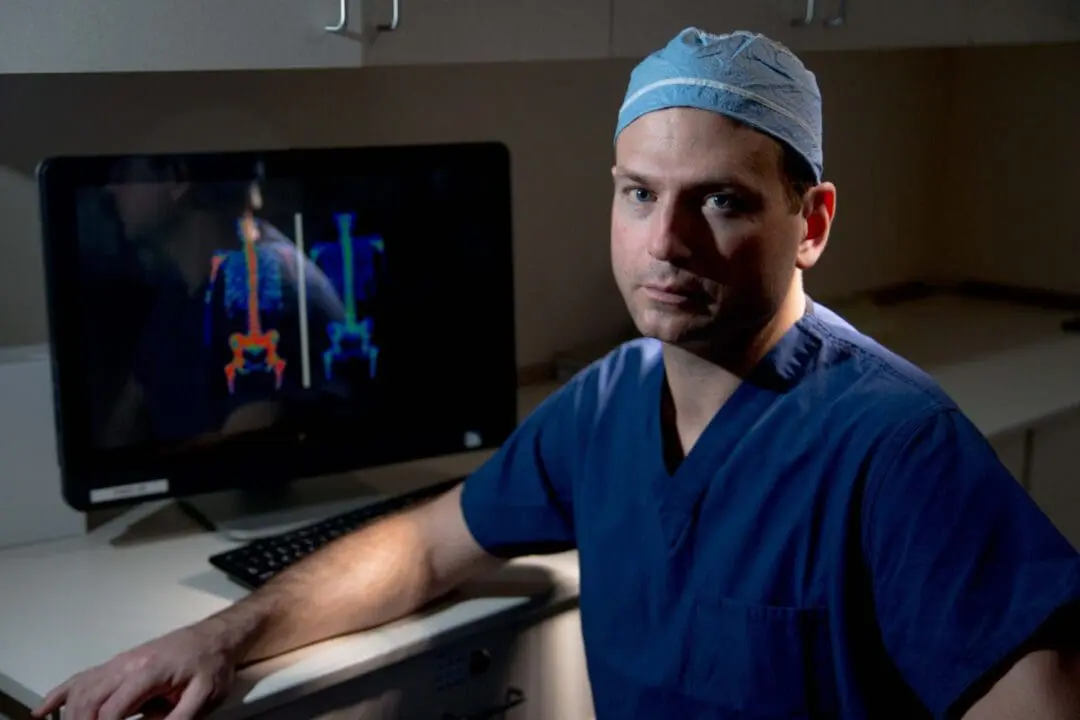
Osteomyelitis
Osteomyelitis, which is an infection of the bone, can be very difficult to eliminate, but under the capable experience of Dr. Daniel C. Allison and his diligent team in Los Angeles, CA, the condition can be successfully treated. Most doctors have difficulty diagnosing osteomyelitis, but Dr. Allison’s experience with orthopedic bone degeneration and destruction from trauma enables him to effectively identify and assess this condition.
Dr. Allison is dedicated to the successful treatment of a health threat like osteomyelitis to avoid serious consequences. His goal in these cases is containing the infection and destroying it to preserve function and restore musculoskeletal structure back to normal.
Minimize Risk from Trauma
Osteomyelitis is rare, affecting about 2 out of 10,000 individuals. The disorder is caused by a staphbacteria that penetrates into the bloodstream or tissue to infect bone.
The condition can affect both children and adults, although in different ways:
Adults: tends to develop in vertebrae and pelvis
Children: tends to develop at either end of long bones including the femur, tibia, humerus and radius
Acute forms of the disease can result in infection, rapidly spreading throughout the body within seven to 10 days, so if the infection is present, it must be immediately treated. Having an expert physician like Dr. Allison in Los Angeles to treat you would increase the probably of the infection being detected and treated in a timely manner.
Osteomyelitis
There are certain risk factors which weaken the immune system increasing the possibility of an infection. If any of these risks apply to you, it’s critically important to notify your doctor immediately to ensure precautions are in place.
These conditions include:
-
- Diabetes
- Alcoholism
- HIV or AIDS
- Rheumatoid arthritis
- Intravenous drug use
- Sickle cell disease
- Long-term steroid use
- Hemodialysis (blood dialysis)
- Recent hip or knee replacement
Surgeons, including Dr. Allison, take extensive precautions to prevent infection during a surgical procedure. Two primary ways in which this is achieved are sterility of the patient (skin and surgical area) and the operating environment.
Symptoms & Treatment for Osteomyelitis
Osteomyelitis has certain noticeable symptoms which could be detected during a physical examination, including:
-
- Infected area is tender, red, and warm to the touch
- Affected bone is swollen
- Reduced range of motion
Other symptoms, such as fever, irritability, nausea, and fatigue, might be felt by the patient and if the osteomyelitis affects the vertebrae, there would be severe back pain that worsens at night. In these cases, patients should urge their doctors to perform diagnostic tests to diagnose the problem before it develops further.
When osteomyelitis is suspected, diagnostics, such as x-rays, bone scans, blood tests, and MRIs, are performed for a medical assessment. The last step is a bone biopsy which will confirm the type of organism causing the infection and determine which medication is best suited for treating the problem.
Learn more about osteomyelitis treatment from medlineplus.gov

